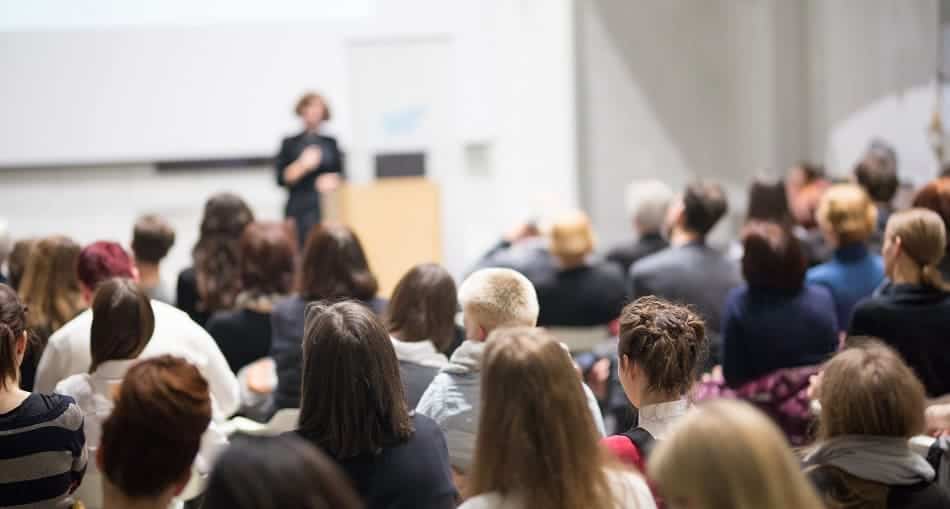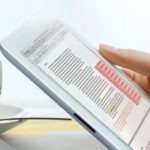Teaching Methods & Strategies & Gathering Teaching Materials
Summer is here and most scholars have a tight schedule of professional, research and personal activities planned for the weeks free from teaching and other educational and administrative duties. Chances are that some of those professional and research goals will not be met, and certainly the planned work will extend right up to the moment when instructional duties recommence. For those new to teaching, research and writing may need to be cut short to leave time for curriculum preparation, and for many instructors there are always recollections among summer’s business of those grand plans for course improvements that came to mind during last year’s teaching sessions. Even the most seasoned professor with many old notes and instructional materials for support likes to add a little something new each time a course is taught again. The research, travel and even recreational activities of your summer break are a fabulous source of new teaching materials.
Yes, so much is available online and via your university library for both you and your students that gathering information, particularly in physical forms, seems redundant. It is not. There is something powerful and memorable about encounters with material culture. If the university library has a manuscript copy of a medieval poem you are teaching, by all means exploit it by taking the class group to the library’s special collections to see and, if possible, touch it. If it does not, even a postcard or a photo in a printed book of a single manuscript page will suffice. Indeed, a postcard or printed photo of anything you studied or visited as long as it is somehow relevant to the course in terms of content, theory or procedure can be passed around the group. Such objects are enhanced by a personal story of being in the place and doing your research, and the book you pass around can have the added benefit of being one of particular interest in the field – a book students might consult after class. As a general rule, students will more easily remember details of a lesson that includes material culture and more frequently write about topics that have been introduced to them via an attractive tactile object.
The visual aspects of introducing such material culture are paramount, and it is easy to blend the traditional with the modern when gathering and using new visual material in the classroom and laboratory. The digital camera found in every smart phone enables virtually endless picture taking without additional cost, and the technology needed to show images in the classroom can usually be requested from university services or nowadays can simply be carried in a pocket. Students will connect with and readily remember lectures enhanced with images, and practical skills, research designs and examples of all kinds can be presented visually as well. You might, for instance, take photos of the experimental settings, instruments and perhaps procedures of your most recent research project and use them as examples of stages and requirements in the research process – stages and requirements your students can emulate in the smaller trials they are conducting. In the end, exactly what you choose to gather as instructional materials while you go about your busy summer is not as important as keeping your eyes open to objects, images, events and ideas that might connect with the course content you have used in the past and help you achieve some of the new developments you were hoping to share with your next group of students.
You might be interested in Services offered by Proof-Reading-Service.com
Journal Editing
Journal article editing services
PhD Thesis Editing
PhD thesis editing services
Expert Editing
Expert editing for all papers
Medical Editing
Medical Editing Services
Research Editing
Research paper editing services
Book Editing
Professional book editing services

















